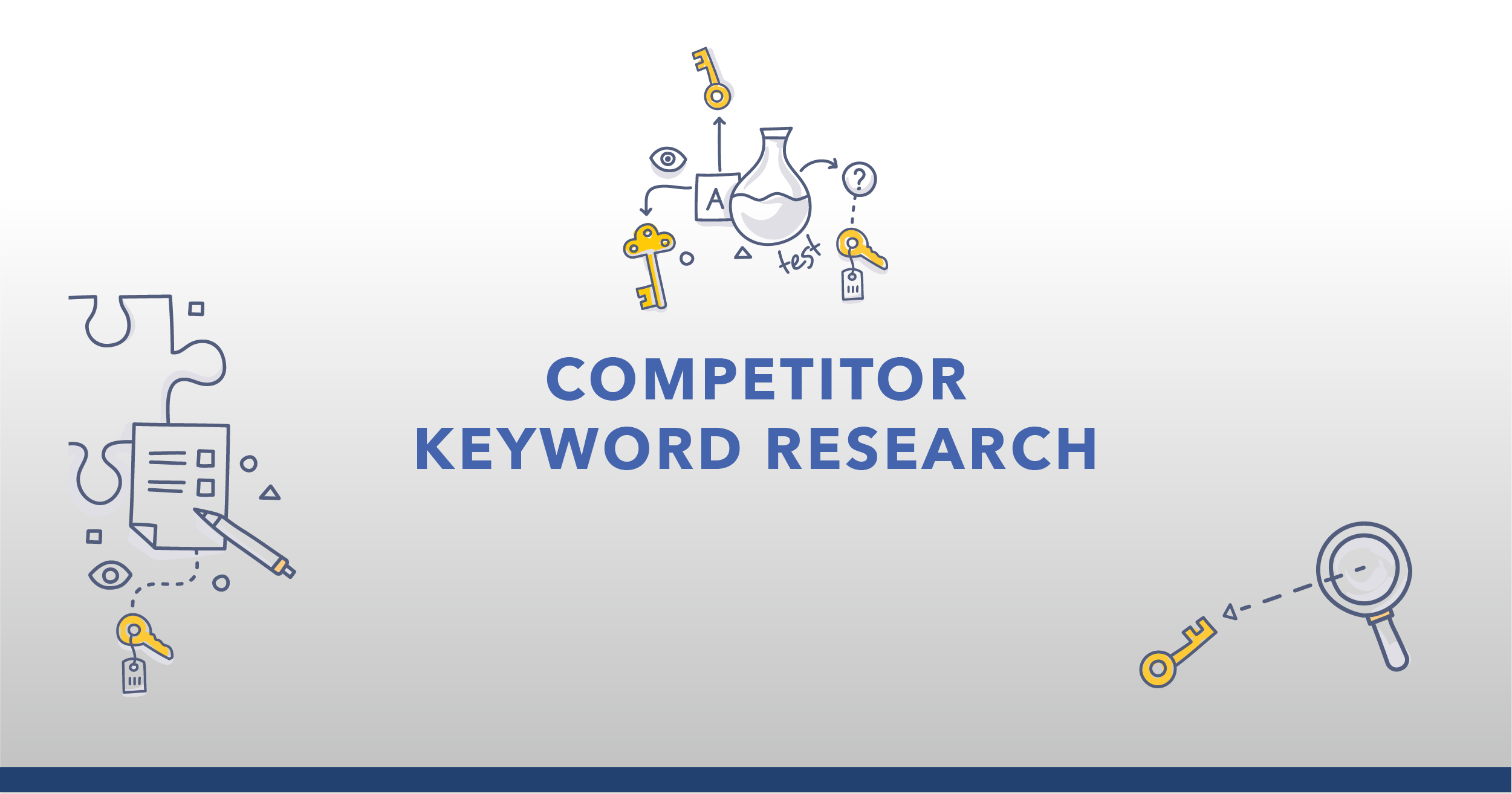Several years ago, link building was considered a major focus for SEOs and digital marketers. Unfortunately, some took advantage and began manufacturing authority with unnatural backlinks, which drew the attention of Google.
The search engine then launched the Penguin Algorithm Update in 2012, which removed authority from unnatural links and penalized sites that had used them.
Building site authority with strong backlink management is still an important part of any SEO campaign — it’s just a tricky one to get right. It takes a sound link building strategy and the right data to naturally build a link profile, but when done successfully with quality links, it’s a valuable way to gain credibility with both users and search engines.
The following blog post is designed to familiarize readers with how seoClarity can help clients build site authority and improve the user search experience by optimizing their backlink index via link reclamation.
seoClarity's Approach to Backlink Data
Google’s guidelines on link schemes and inorganic link building strategies make acquiring high-quality backlinks somewhat difficult for most enterprises, but our objective isn’t to be the resource for finding every opportunity for backlinking that exists.
Rather, we are interested in driving the best possible search experience for clients’ end users. Receiving a link back to your site from an authoritative site is an effective SEO tactic, but link building toward a non-relevant industry’s site is really only a way to influence search algorithms — it isn’t helpful to your users, and you can be penalized for doing it.
Where Does Our Data Come From?
Research Grid is populated entirely from our own proprietary databases (that we compile). The one exception to this is our backlink data. We get our data for backlinks from Majestic, one of the three primary players in the backlink data game.
We use Majestic’s data simply because the amount of data you get and the data points provided are unparalleled.
Domain Types in the Backlinks Report
The Backlinks feature within Research Grid divides domains into three different types:
- Provisioned Domains – Provisioned domains are domains that have an account; they have been added directly to the seoClarity platform.
- Competitor Domains – We also maintain the freshest data possible on competitor domains. Competitor domains have been specified by account holders of provisioned domains as belonging to the competitors they are interested in investigating.
- Ad Hoc Domains – Any domain that isn’t a provisioned domain or competitor domain is an ad hoc domain. If you search for the data on an ad hoc domain, the Backlinks report will tell you that there is no data in the platform for that domain and ask if you would like to retrieve it, a process which takes 5-10 minutes. Once you’ve retrieved data from an ad hoc domain, the system does not automatically refresh the data as it does for provisioned domains and competitor domains (although there is a feature coming that will auto-refresh data for previously searched ad hoc domains!).
For both provisioned and competitor domains, the freshest possible data is 7-10 days old, which is above the industry standard (and only the case for backlink data in the platform).
Recommended Reading: The Most Effective Link Audit Process to Boost Search Visibility
What Do We Do with This Backlink Data?
The first thing we do — which is unique to seoClarity — is automatically recrawl every single one of those links. We do this every month to ensure that the data we are getting from Majestic is 100% accurate, so as to confirm that we provide the best information possible for our clients.
Looking at a backlinks report, the number of Unique Backlinks may seem important, but the most valuable metric is the number of Unique Linking Domains.

(Backlinks Overview in the seoClarity Platform. Unique linking domains are highlighted for this particular domain.)
Here’s an explanation by way of metaphor: If you treat links to your site like a recommendation from someone, then the Unique Linking Domains (or referring domains) show the number of people doing the referring, and the Unique Backlinks show the number of recommendations you have been given.
For our purposes, you would rather have 10 people referring you one time each instead of one person referring you 10 times. This explains why Unique Linking Domains is the more important metric; after a site’s first link to you, search engines value the others less — no matter how many exist.
How Does Our Link Management Compare to Competitors'?
BrightEdge only retrieves data once — you get 50,000 links, which are not updated unless you ask. Conductor does not have Majestic or backlinks data at all. Searchmetrics uses its own data set, which is far smaller than Majestic’s, and SEMrush charges per row of data downloaded. Ultimately, seoClarity’s tools simply reach farther and perform better.
The Importance of Backlink Monitoring
What Can a Backlink Report Tell You?
A backlink report tells you a number of things:
- Number of links you have gained or lost over time
- Percentage of your backlinks that are follow vs. no follow
- Breakdown of backlink type (text, image, etc.)
- The anchor text used in the backlink
 (New and lost backlinks over time in the seoClarity Backlinks report.)
(New and lost backlinks over time in the seoClarity Backlinks report.)
But of all the capabilities, the most important for improving search experience is finding toxic or spam links that you should remove.
What to Do with Toxic Backlinks
The only way to deal with a toxic backlink is to disavow it, an SEO tool Google began to offer after clamping down on bad backlink practices. Disavowing a backlink means that you, the owner or operator of your site (or your webmaster), recognize that there is another site linking to yours that you do not want to count toward improving your search rankings. In other words, you want Google to discount or discredit the link.
Recommended Reading: Link Profile Analysis: How to Maintain a Clean Backlink Profile
How often should you check backlinks? We suggest at least once every six months.
When to Disavow a Toxic Backlink
Our advice is to disavow as infrequently as possible.
It’s tricky; if you tell Google there are links you don’t want to count, you are inflicting pain on yourself. But if you disregard or leave up truly toxic links, links that Google might notice and think you've purchased, penalties are looming.
If you do feel that you need to disavow, do it as sparingly as possible, and be very sure that the links you are disavow are worth disavowing.
Toxic Backlink Workflow
The Backlinks report will show you links with Trust Flow scores <10, but in order to determine what links you may actually want to disavow, we recommend following this workflow:
- Check Trust Flow.
- Manually examine the site for relevant content.
- Check Research Grid Keywords to see if the site ranks for any keywords on Google.
- Check to see if any of those keywords are relevant to you.
If all results point negative, consider disavowing. If you can imagine a user stumbling from that website to yours and appreciating the transfer, then by all means keep it.
Recommended Reading: How to Run a Backlink Analysis of Your & Your Competitors’ Link Profiles
How to Build Backlinks
Follow our resources to grow your backlink profile. Once your profile grows, be sure to use a backlink checker, or follow the steps listed above if you use seoClarity's Backlink report.
- How to Build Backlinks Without Creating Content Chaos
- Want to Earn High-Quality Backlinks? Here’s What You Need to Know.
Key Takeaways
Link building is a valuable way to build site authority, but it is savvy to be careful how you go about it. With seoClarity’s Backlinks report, clients have access to the freshest possible data, which they can leverage to improve both domain authority and their clients’ search experience through link reclamation.
Something else to consider: Removing toxic backlinks is really a preventative measure, taken to preempt Google from potentially penalizing you for unnatural backlinks.
Editor’s Note: This content series showcases consistent and repeatable SEO workflows, trainings and guidelines for content marketers and SEOs to see the power of our platform and the solutions our clients are raving about, according to our Client Success Team. Not a client yet? Book a demo with us today to see our platform in action!






Comments
Currently, there are no comments. Be the first to post one!